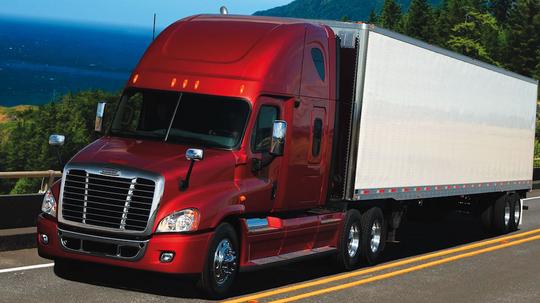
Virtual reality technology has made its way through various industries including gaming and aviation. Now, freight companies like UPS are incorporating VR into training programs to cut costs and provide effective experience to truck drivers on the ground.
Nearly 41,000 truckers worked in Virginia and 23,000 in Maryland in 2017, according to the BLS, but that number is decreasing following low wage growth and a higher number of retirees. The average annual salary for a trucker is $42,780 in Virginia and $47,230 in Maryland.
As the number of truck drivers continues to shrink, freight companies are scrambling to find replacements. According to a 2017 American Trucking Associations report, the U.S. trucking industry needs to replace nearly 90,000 drivers annually for the next decade. Tech giant Amazon and other e-commerce retailers are putting another strain on the trucking industry, CNBC reports.
But replacing the drivers is no cheap process. Truck-driving training alone can range from $3,000 to $7,000, not including the cost of accidents.
To get new hires on the road quicker, UPS said it would install VR in every training center by the end of 2018, including in Maryland. On the heavier side, freight trucking companies are now looking to businesses like VR Motion and Advanced Training Systems, which build specialty VR simulators for driver training.
“There are many things you can not train in a real truck because if the individual has an accident, that’s going to be a very expensive problem,” CEO John Kearney said.
Advanced Training Systems’ simulators cost between $60,000 and $100,000 apiece. Larger training schools have up to four simulators, while smaller schools may have two at most.
“All of the costs that you normally incur in a truck will not be incurred when you use virtual reality,” Kearney said. “We’re reducing the costs of training and we’re dramatically improving on the training itself.”
Not to mention, truckers and employers are responsible for insurance, gas, maintenance and repairs for vehicles on the road, making costs pile up throughout the year. With accidents and truck damage, those can skyrocket.
“VR technology can enable more effective learning at a lower cost and in less time than many traditional learning methods,” reported Deloitte Insights. “This is because VR can allow for more training repetitions, especially when dealing with costly, rare or dangerous environments.”




